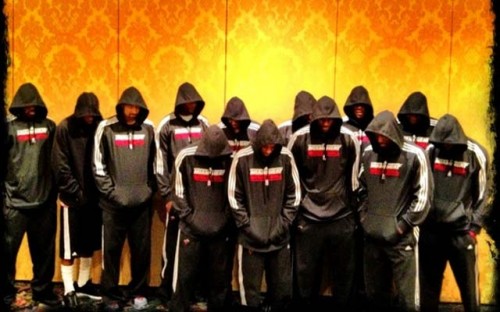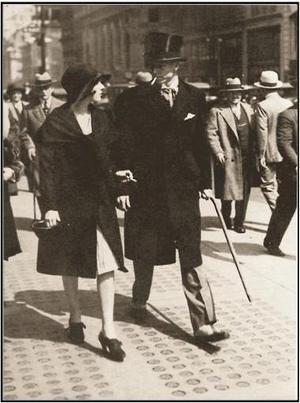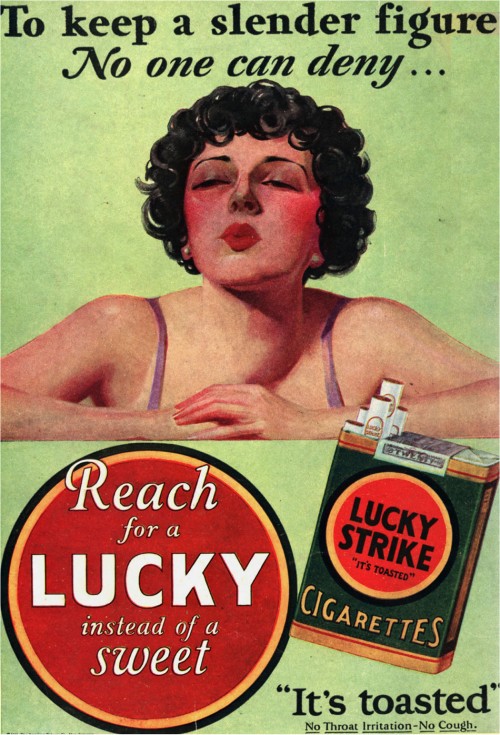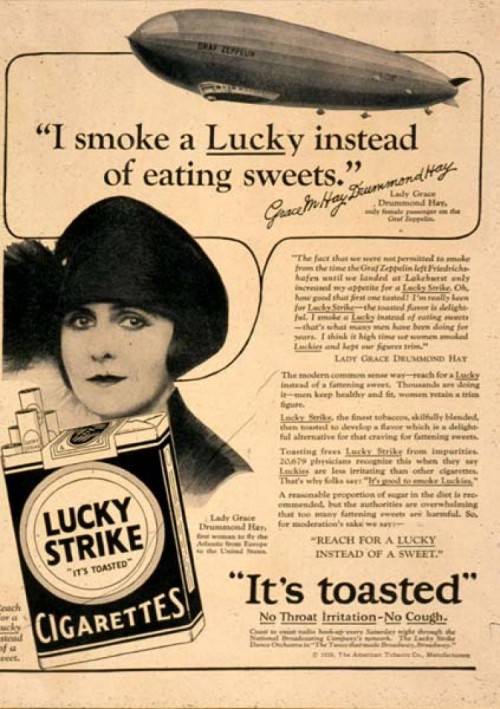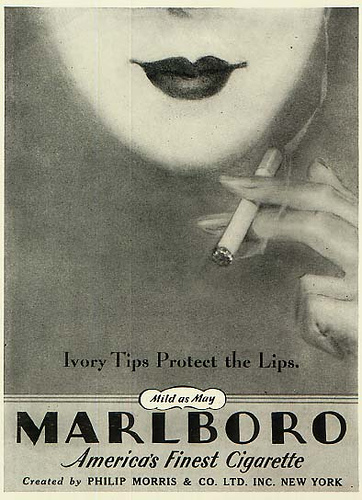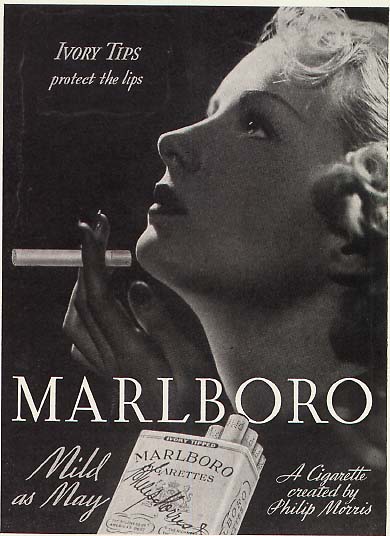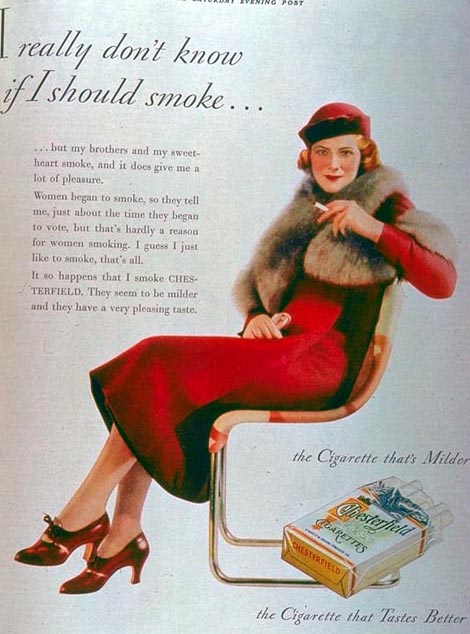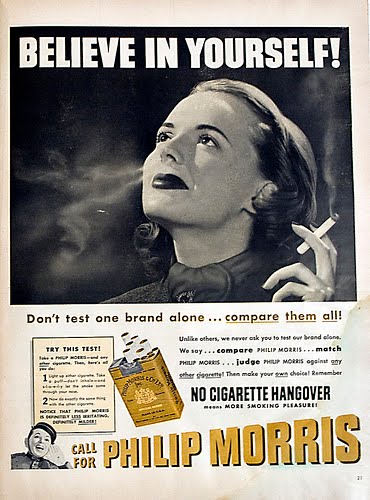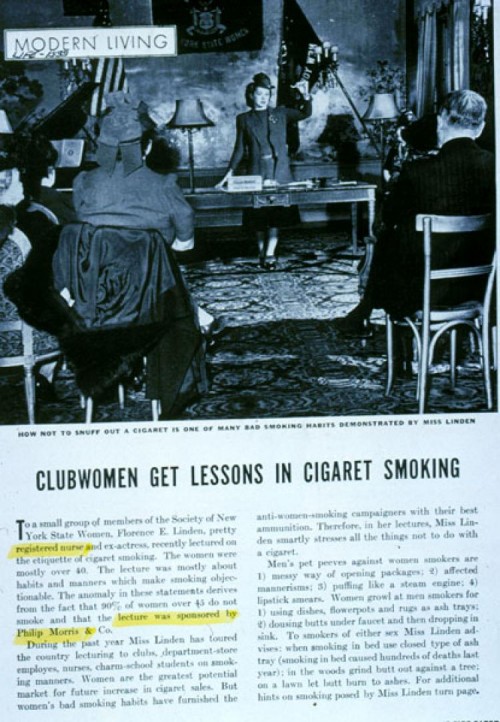In “Just Walk on By: A Black Man Ponders His Ability to Alter Public Space,” author Brent Staples recounts his realization, in his early 20s, that his mere presence in public often made others uncomfortable or outright fearful, a fact they were not hesitant to make clear. Staples points out that while he poses no threat to those around him, others’ fear of him — including an instance in which he was assumed to be a robber when visiting his editor’s office to drop of a story and was chased by security — puts him in potential danger:
…I soon gathered that being perceived as dangerous is a hazard in itself. I only needed to turn a corner into a dicey situation, or crowd some frightened, armed person in a foyer somewhere, or make an errant move after being pulled over by a policeman. Where fear and weapons meet—and they often do in urban America—there is always the possibility of death.
I thought of Staples’s essay as soon as I heard about the Trayvon Martin case, and particularly after Fox News ran a segment in which Geraldo Rivera basically blames Trayvon himself for wearing a hoodie:
Rivera removes the focus from the man who shot an unarmed teen and places it instead on what the teen should have done to not get shot. Yes, yes, people shouldn’t shoot unarmed minority teens, but Trayvon’s choice of clothing was, according to Rivera, equally responsible for the shooting. He normalizes prejudice and stereotypes — it’s just normal for people to cross the street when they see a Black or Latino youth in a hoodie on the street. Trayvon should not have “allowed” himself to be seen as a criminal — as though he could individually ensure racial stereotypes and prejudices were not applied to him.
Rivera argues that Trayvon Martin wouldn’t have been shot if he hadn’t been wearing a hoodie. But Staples’s experiences undermine this reasoning; he presumably wasn’t wearing a hoodie the many different times he was taken for a criminal or treated like a threat while trying to carry out his role as a professional reporter. Merely being African American was sufficient to make him scary, as it was enough to make Trayvon Martin “suspicious” to George Zimmerman, and it’s unlikely a cardigan instead of a hoodie would have changed the situation.
In support of Trayvon Martin, LeBron James tweeted a photo of Miami Heat players in hoodies:

